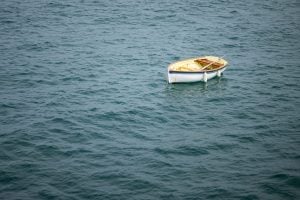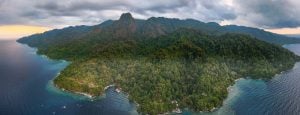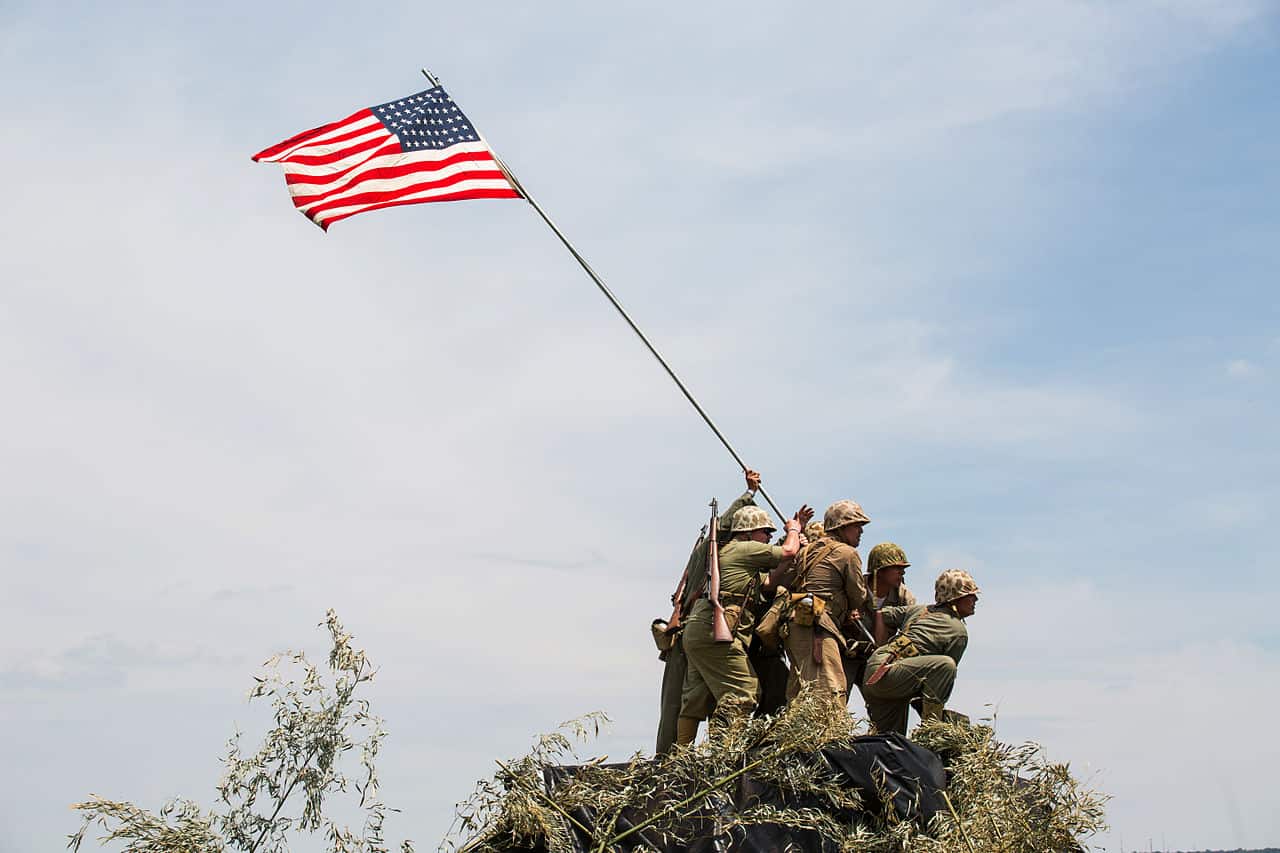
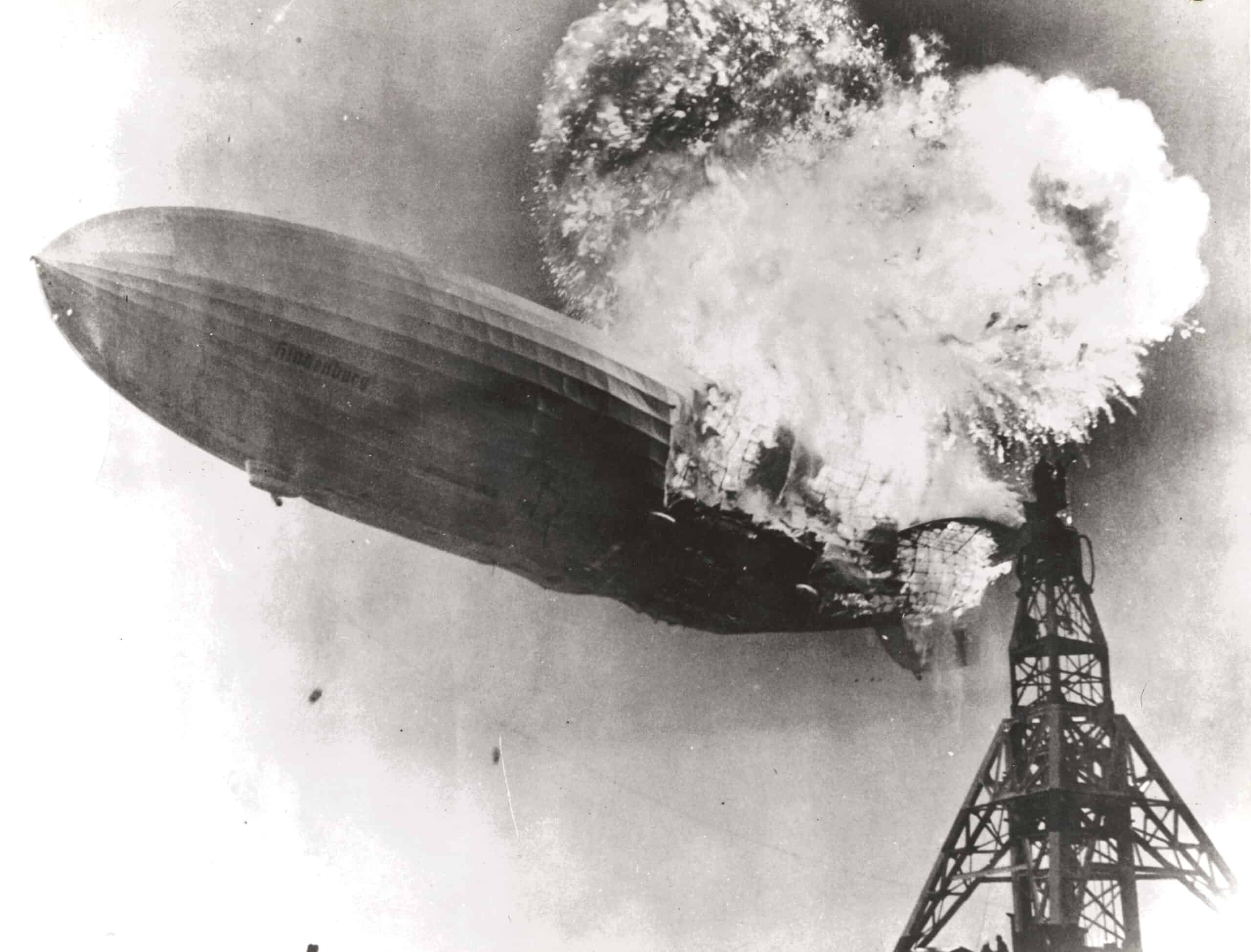



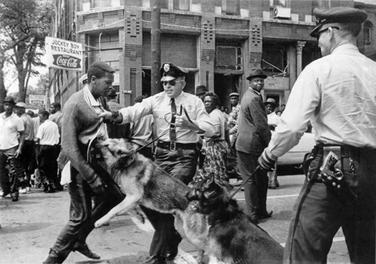

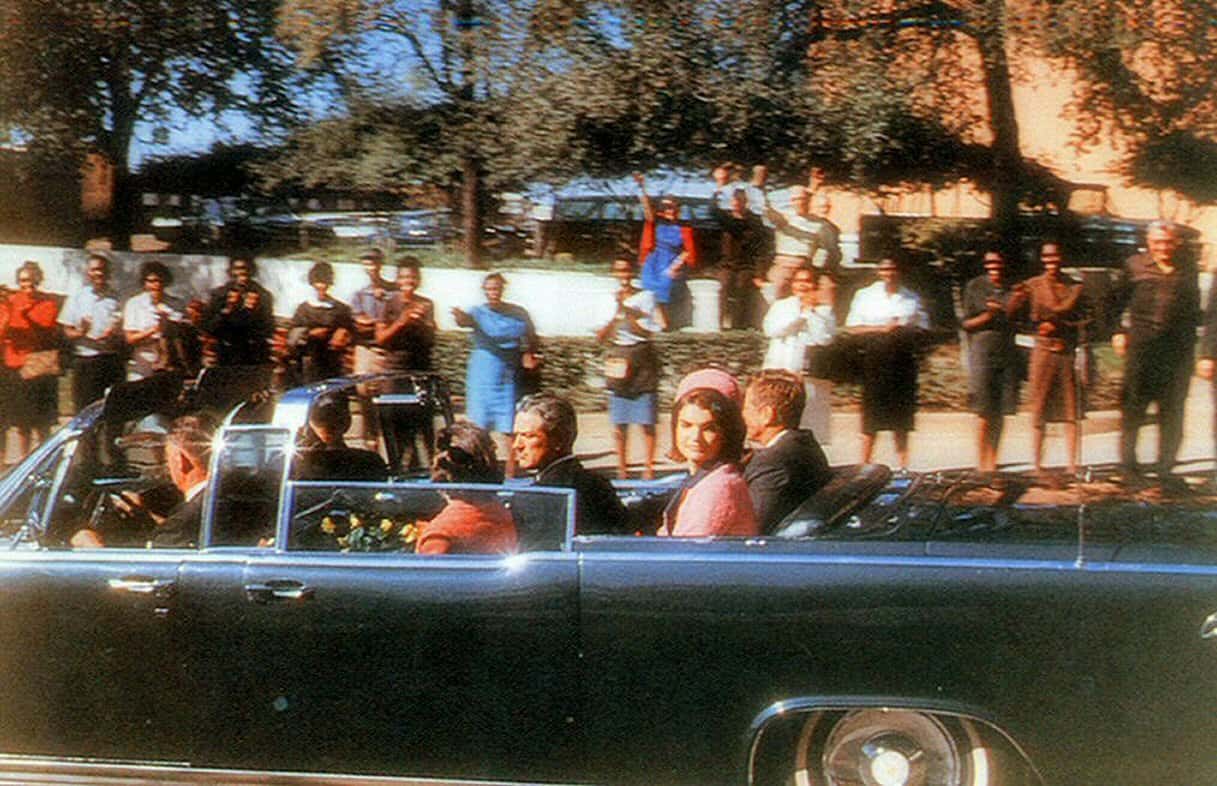
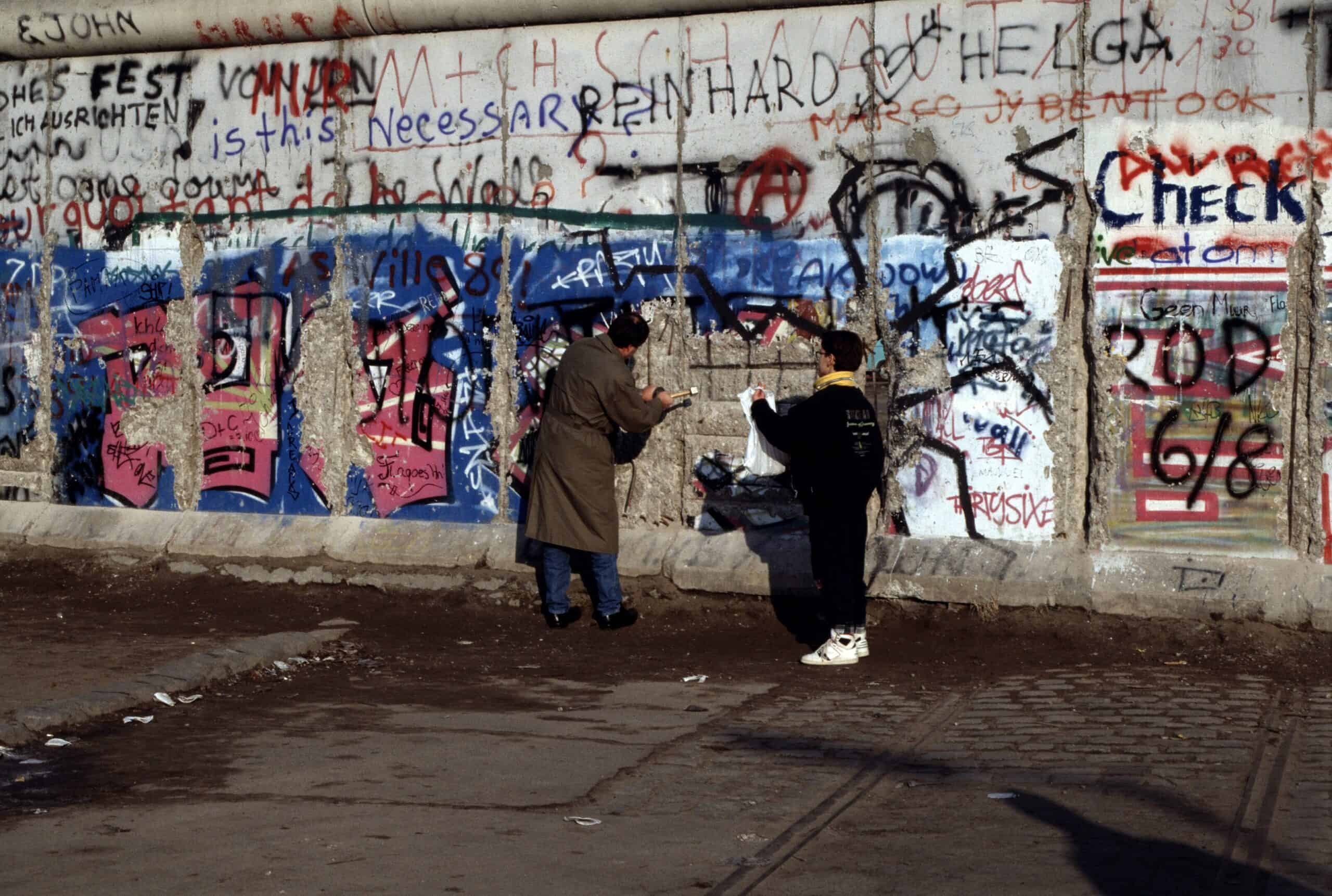


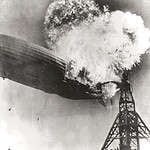

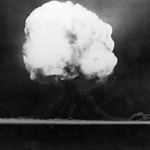
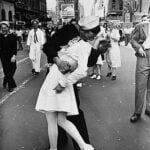
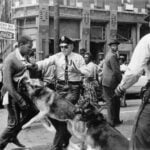
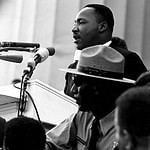
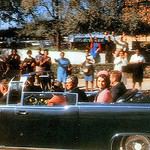


10 Historic Photos That Changed the Way We See the World
A picture is indeed worth a thousand words. These historic photos that changed the way we see the world continue to impact new generations. Review these iconic pictures and let them take you back in time — or introduce you to some of the most memorable events of modern history.
The Hindenburg Disaster
On May 6, 1937, tragedy struck the skies,. The majestic Hindenburg airship, viewed as a symbol of Nazi Germany's engineering prowess and pride, exploded. As it was preparing to dock at its mooring mast in Lakehurst, New Jersey, a sudden blaze engulfed it. The unfortunate incident resulted in the loss of 36 precious lives, including passengers and crew members.
Flag Raising on Iwo Jima
Early on February 19, 1945, the 4th and 5th Marine Divisions launched an attack on Iwo Jima. The 28th Regiment, 5th Marine Division, was ordered to capture Mount Suribachi. Company E of the 2nd Battalion began the challenging ascent on the morning of February 23. The small American flag flying from Mount Suribachi at 10:30 a.m. thrilled Marines and came to be seen as a symbol of the country's resolve to keep fighting.
The Trinity Test of the First Atomic Bomb
The first nuclear explosion in history happened on July 16, 1945, at Jornada del Muerto, 210 miles south of Los Alamos, New Mexico. A plutonium implosion device was detonated at 5:30 am. The "Trinity Test" explosion released 18.6 kilotons of power, vaporizing the tower and turning the surrounding area into green glass. This historic photo demonstrated that a new era had dawned.
V-J Day Kiss in Times Square NYC
What a scene of celebration! V-J Day in Times Square (also the title of the photo) filled the streets with raucous people. City residents and visitors celebrated the surrender of Japan on August 15, 1945. Photographer Alfred Eisenstaedt captured this spontaneous kiss. Life Magazine published it later in the year. “In New York's Times Square, a white-clad girl clutches her purse and skirt as an uninhibited sailor plants his lips squarely on hers,” was the caption. It came to be viewed as a hopeful image that separated a time of war from a time of peace.
Dogs Used on Civil Rights Protesters in Birmingham, Alabama
In May 1963, police in Birmingham, Alabama, used clubs, fire hoses, and dogs to attack crowds of black racial segregation protestors. This photo of Officer Dick Middleton loosing a dog upon 15-year-old Walter Gadsden sickened people worldwide. It did much to turn public opinion toward the plight of Black Americans in the South.
Martin Luther King, Jr. at the Lincoln Memorial
On August 28, 1963, Martin Luther King Jr. delivered his iconic "I Have a Dream" speech at the Lincoln Memorial in Washington, D.C. The speech was delivered at the March on Washington for Jobs and Freedom. It is widely regarded as one of the greatest speeches in American history. Numerous transcripts and recordings exist.
The Assassination of President John F. Kennedy
November 22, 1963, is one of those days where everyone remembers where they were. Time stopped as the world received the news that President John F. Kennedy was shot. As he rode in a motorcade through downtown Dallas, Texas, his car passed the Texas School Book Depository. Suddenly, bullets struck the president's neck and head, and he slumped over toward Mrs. Kennedy. President John F. Kennedy was pronounced dead at Parkland Hospital at 1:00 p.m.
Destruction of the Berlin Wall
On November 9, 1989, as the Cold War in Eastern Europe ended, East Berliners rushed to the border checkpoints. Some were chanting, "Open the gate!" Guards opened the gates, and over two million East Berliners visited West Berlin and participated in “the greatest street party in the history of the world.” In many historic photos like this one, people used hammers and picks to knock away chunks of the wall. These images symbolized a reunified Germany and the end of the Iron Curtain.
September 11 Terrorist Attacks on the World Trade Center Towers
This is another of the most historic photos many will remember forever. On September 11, 2001, 19 al Qaeda terrorists hijacked four commercial passenger airplanes and carried out suicide attacks in the United States. Two of the planes flew into the World Trade Center in New York City, only 18 minutes apart. Within a few hours, both of the twin towers collapsed, demolishing a large section of lower Manhattan. Almost 3,000 people died in the 9/11 terrorist attacks.
